Poori Recipe, How to make Puri
Puffed poori will soon be everyone’s favorite at your home! Poori or puri is a popular Indian breakfast immensely popular all over India. This detailed step by step picture guide and video post will help you make perfectly puffed puri each time. Dough discs fried to perfection until a little crisp on the outside but soft on the inside is what you will make with this recipe! For a savory meal serve these puri with Puri bhaji or poori masala, Chana curry, Coconut chutney or Veg kurma. If you love sweet meals, these are best eaten with Suji halwa, Basundi or Shrikhand.
Most Indian households make these for the weekend & festive meals. Similar to Naan, tandoori roti & Bhatura these are very much popular in the Indian restaurants and are served for breakfast & even for a meal.
So what is poori or puri?
Poori also spelled as puri is an Indian fried bread made with just 3 ingredients – wheat flour, salt and water. Small portions of unleavened dough is rolled to small discs and deep fried in hot oil. A perfectly made puri puffs as soon as it hits the hot oil.
Traditional puri recipe uses wheat flour. However you will find them in the restaurant and tiffin centres being made with a mix of wheat flour, all-purpose flour and semolina. Each ingredient makes a difference to the taste and texture of your puri.
While the whole wheat flour poori tastes nutty, those made with a mix of wheat and all-purpose flour taste less nutty as APF imparts a milky flavor. There is also a Bengali version known as Luchi, made exclusively with all-purpose flour.
My mom always made poori with wheat flour and semolina (suji, rava) to make them crisper. Semolina helps the puffed poori to hold its shape longer. Adding semolina is more common in our parts of Karnataka. In fact we never make poori without it. You may skip if you do not prefer.
If you are a beginner I highly recommend reading the full post, especially Tips and Troubleshooting sections below.
1. Add 1 cup whole wheat flour, ¾ teaspoon fine rava (semolina or suji) and 1/8 teaspoon salt to a mixing bowl. You can also skip rava and salt. If using milled flour (atta from flour mill) then do sieve and discard the bran.
2. Pour ¾ teaspoon oil. Mix all of them well & pour ¼ cup water (4 tablespoons).
3. Begin to mix to form a stiff dough. You will need another 1 to 2 tablespoons water. Sprinkle more water only as needed.
4. Make a stiff & tight dough that is not crumbly or dry. It must not be soft like the roti dough.
5. Drizzle another ¼ teaspoon oil and knead lightly to just smoothen the ball. Do not knead it for longer like it is done for roti or chapati. Dough must still be stiff and tight. When you press it with your fingers, you will still feel it is tight and stiff, not soft.
6. Keep this dough covered always until all of the dough is used up to roll pooris. I usually do not rest the dough for more than 3 to 5 minutes.
7. Divide it to 8 to 10 parts.
8. Gently roll them in between your palms just to make them smooth. Do not knead them.
9. Sprinkle flour over the rolling area or smear some oil. Using oil for rolling keeps the deep frying oil clear till the end. It is good especially if your are making lot of puris. If using flour, make sure you use as little as possible and dust it off from each of the puri before frying.
10. Flatten the ball and smear little oil. Begin to roll the poori evenly from the center.
11. Do not roll them too thin or too thick.
12. They need to be moderately thick otherwise they will not puff.
13. Next after making 5 to 6, heat the oil on a medium high flame. Do not leave the rolled puris without frying for long. While it heats, continue to roll up the rest as well.
14. Check if the oil is hot by dropping a small portion of dough. If the oil is hot enough for frying, it will rise immediately. But it should not brown quickly.
15. Gently slide the puri from the side to the hot oil. If you have used flour, do dust off the excess flour before frying. As soon as it is added to the pan, it sinks completely.
16. Do not disturb until the poori comes up at least half way to the surface.
17. Then quickly but gently keep pressing the poori down to the oil. If you press too hard, holes can form on the poori and will not puff.
18. Poori puffs completely.
19. Next flip the poori and fry until crisp and golden. Remove to a steel colander. To fry the rest of them as well, make sure the oil is hot enough but not smoking hot.
Potato masala is the same dish that is used for stuffing masala dosas. It is similar to the puri masala but there is no tomato used here.
Chana masala made with chickpeas, onions, tomatoes and spices makes for a great side.
Mix veg kurma is most commonly made in South Indian homes when poori is served for Lunch or dinner. Mix vegetables are cooked in a coconut cashew curry.
Coconut chutney: In South Indian tiffin centers and restaurants, poori is served with coconut chutney along with a coconut chana curry or veg kurma or potato masala.
Halwa, Bombay chutney, Basundi, Shrikand & Mango shrikand are more sides commonly eaten with poori.
So it totally depends on what you like. On busy mornings we eat them with this easy potato peas Sagu.
Making dough: The most important step to make good pooris is to make the dough correctly. It must not be sticky or loose but must be a tight dough. This helps in puffing them well without soaking up oil. To know the correct texture of dough, check my video.
Amount of water to use for making the dough depends on the kind of flour. So adjust the amount of water as needed while forming the dough.
Kneading: Do not knead the dough to the extent it becomes soft like roti dough. The key here is to just knead it for a short time until the dough becomes smooth and uniform but not soft. If you press down the dough you should feel it is tight and not soft. This is the stage at which you need to stop kneading.
Resting dough: Try as much not to rest the dough as soaked dough will absorb more oil. If making in large quantities then, make the dough in batches. It is not that you can’t make pooris with rested dough but they won’t be the best.
Rolling: The dough has to be rolled to a disc that is neither too thin nor too thick. So rolling them to the correct thickness also matters for a puri to puff well. Too thick puris won’t puff and too thin will come out hard like papad. But how do you know what is the correct thickness. Check out my video & experiment.
Frying : For the pooris to puff well, oil has to be hot enough. If you fry them in oil that is not hot enough then they will soak up oil and won’t puff. So do the heat test by simply dropping a small flat piece of dough to the hot oil. It has to rise immediately without turning brown. This is the right temperature. Regulate the stove as needed to maintain the heat consistently.
Dry & crumbly dough: Too dry or crumbly dough will yield you hard puris. So if the dough is dry, feel free to sprinkle little water as needed while forming the dough.
Sticky dough: Be cautious while you add water. But if it becomes sticky, then you can always add some flour to bring it to the right texture – non-sticky tight dough.
Poori not puffing: Roll them evenly to a not too thick or too thin discs. Oil is not hot enough. Heat up the oil a bit more.
Yes. I have tried making puris in air fryer several times but the texture and taste won’t be the same as fried puris.
When fried the discs puff and some amount of steam is trapped inside. This steam gives the soft texture from inside. But when air fried, the moisture in the rolled poori dough tend to evaporate due to the hot air that’s generated. Making them hard and they won’t puff.
So steaming them first before air frying helps in incorporating some moisture while they cook partially.
So I steam the rolled puris in a greased thatte idli stand for 3 mins. After 3 mins remove them immediately from the steamer and cool completely. Place them in the air fryer and air fry for 3 to 4 mins at 200 C – 400 F.
The most important thing is to experiment the temperature and time as it depends on the air fryer. But they will puff well when done at a stretch without pausing.
The second thing is the dough has to be soft and kneaded well like the roti dough. So you can just use the regular roti dough to make poori in air fryer. Making these is easier for 2 servings but it becomes tedious and takes a lot of time to make many puris.
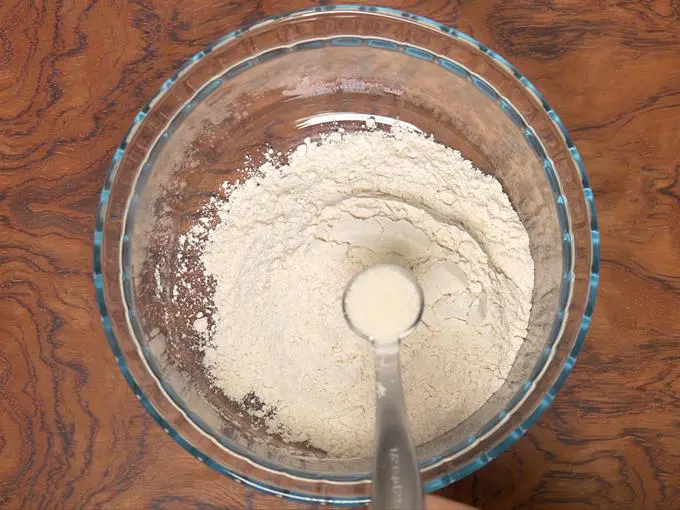
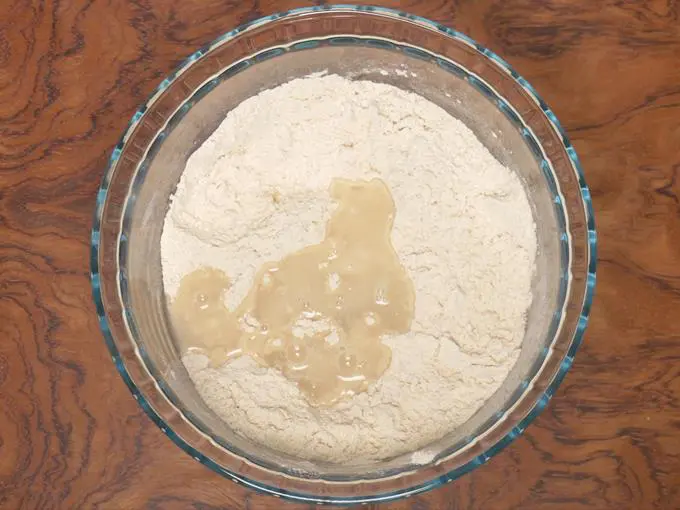
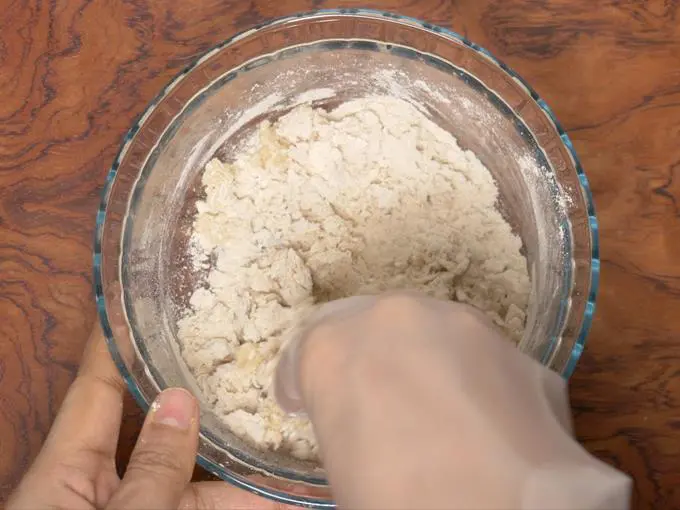
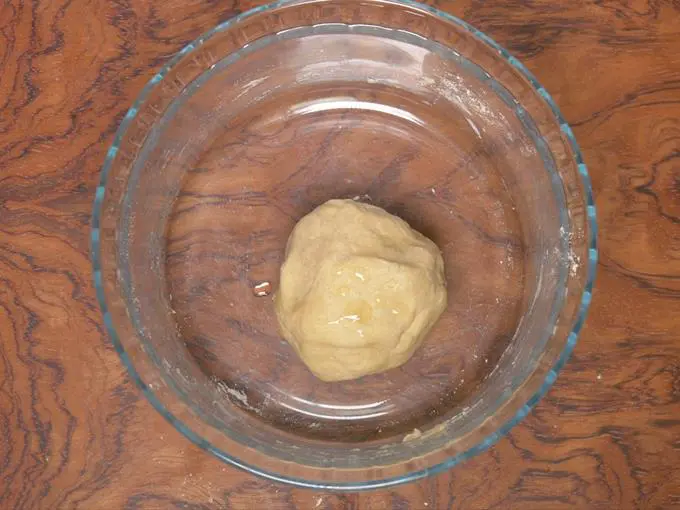
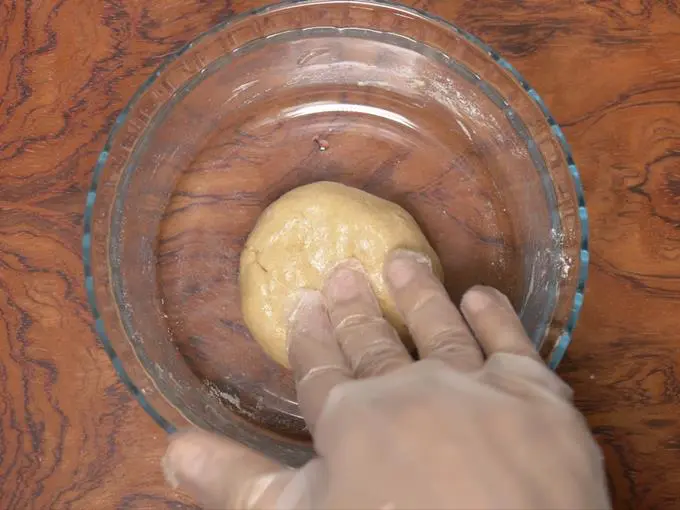

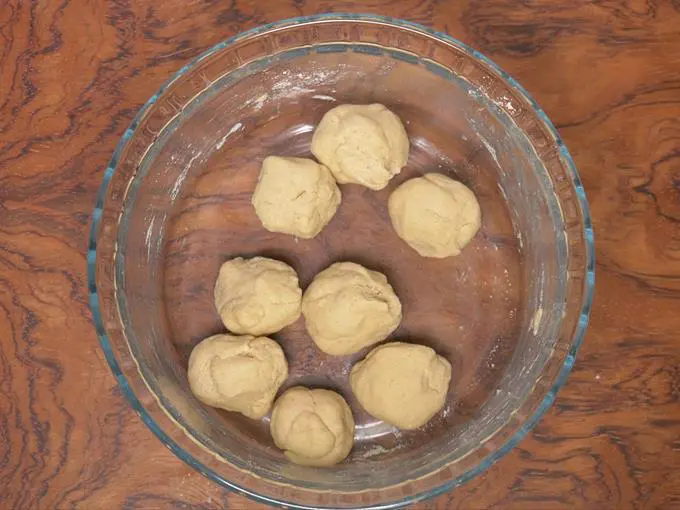
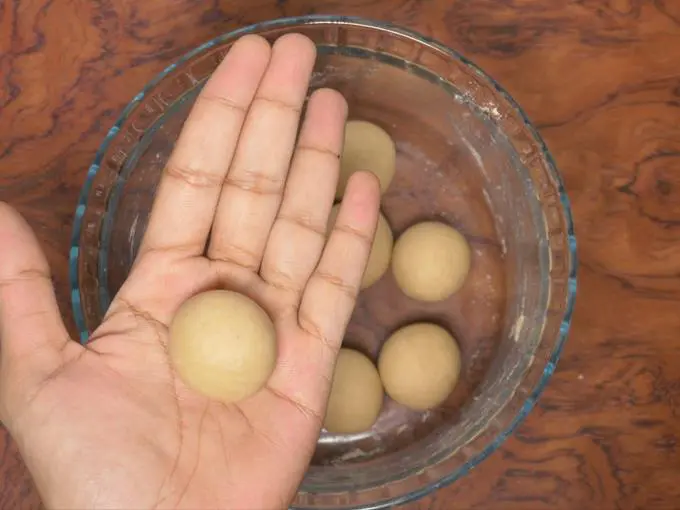
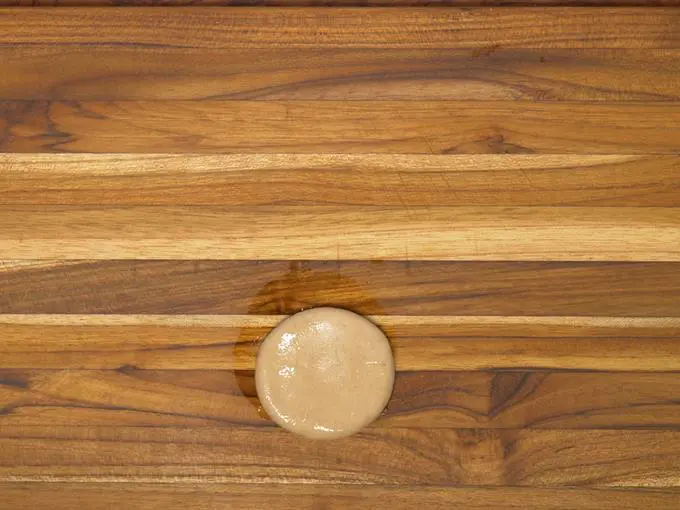
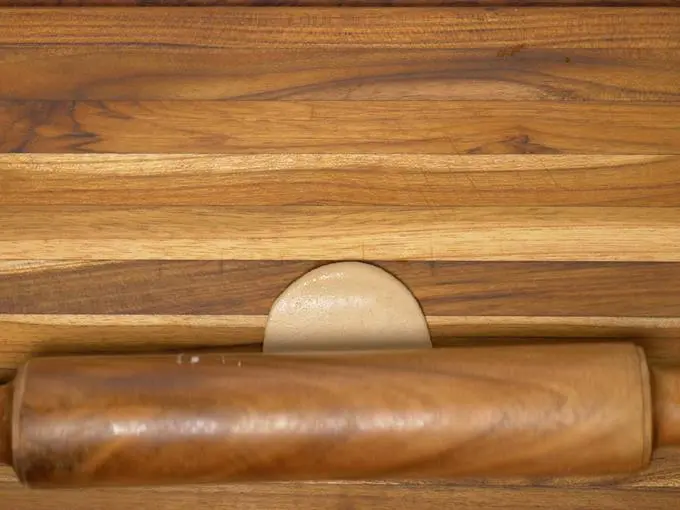
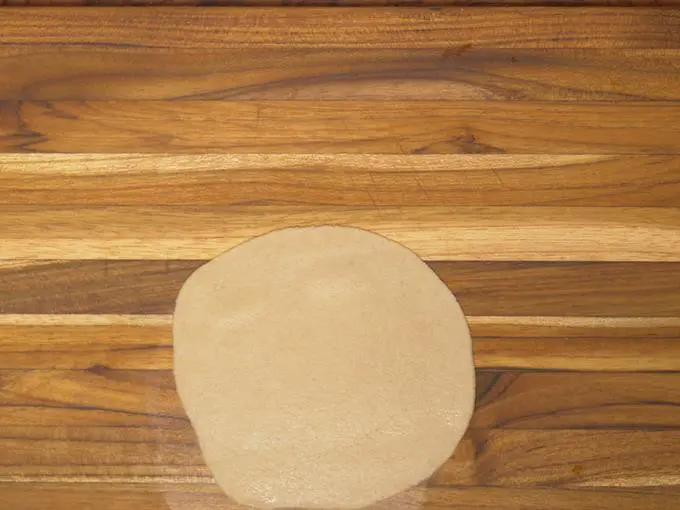
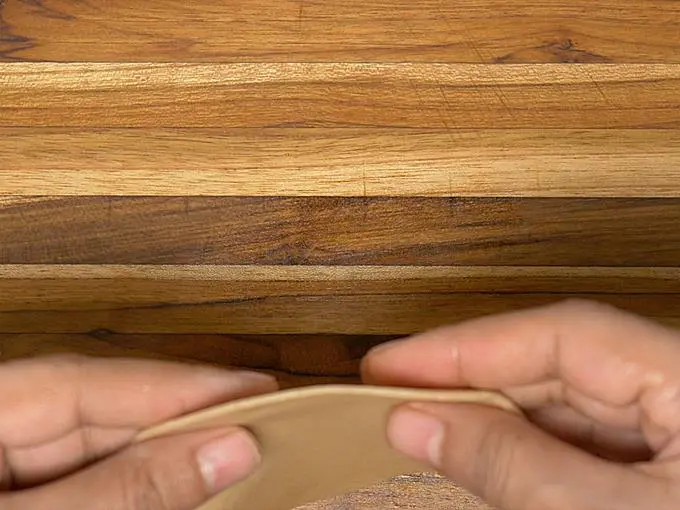
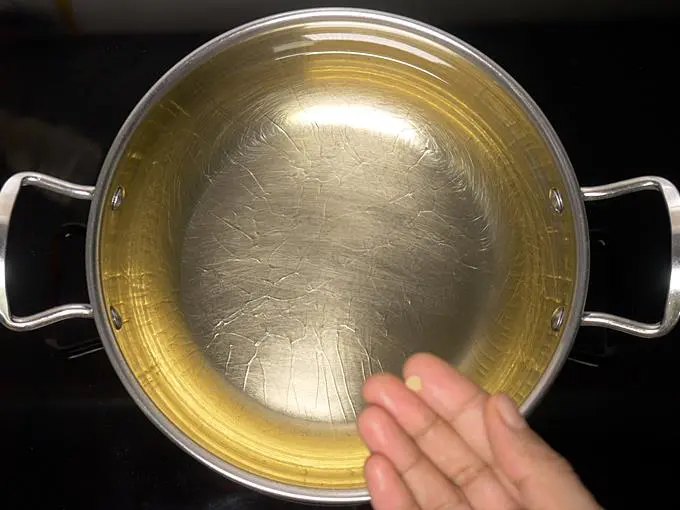
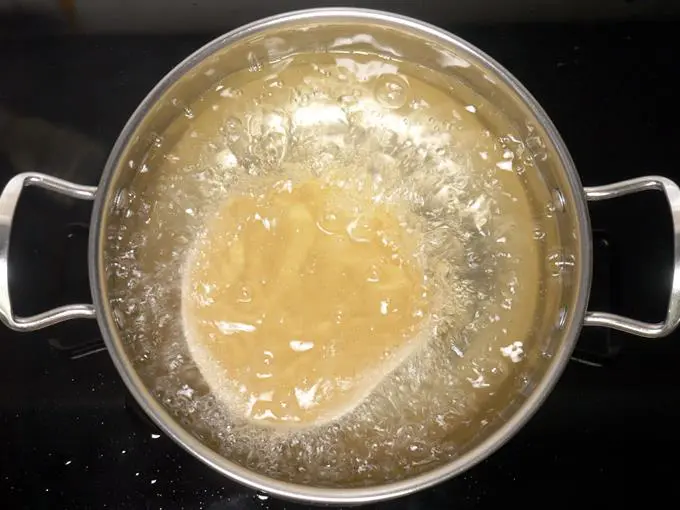
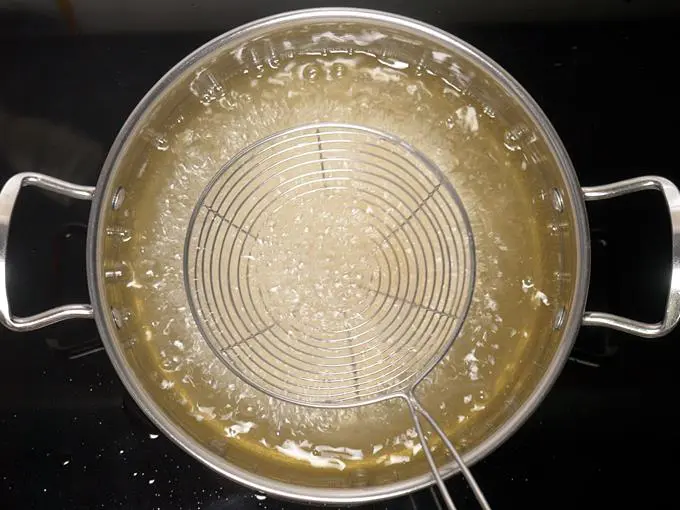
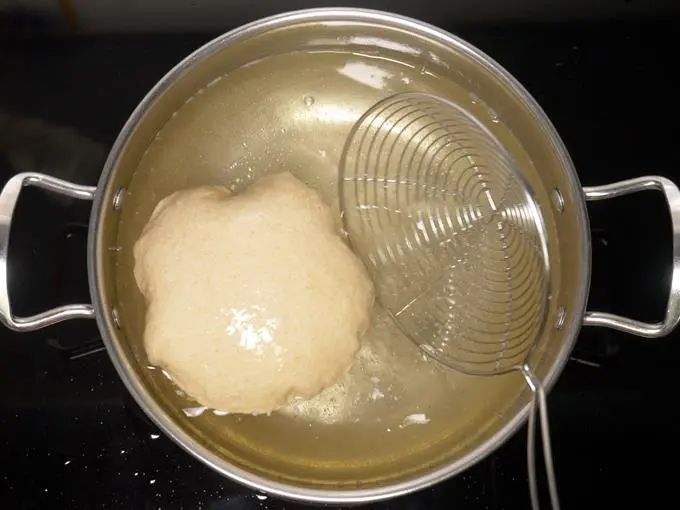







0 Comments